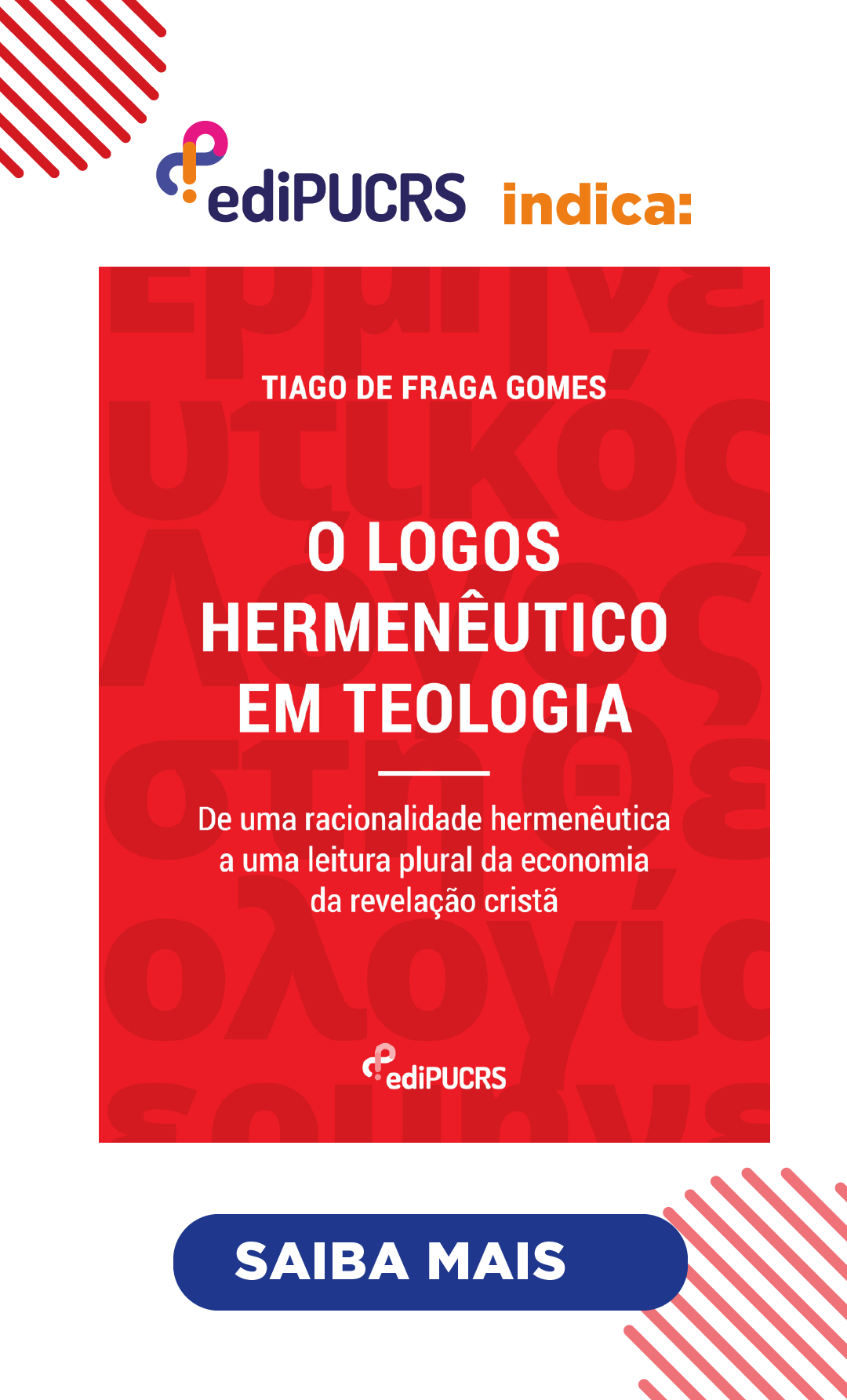FORMAL INDICATIONS AND THE ORIGIN OF BEING AND TIME’S METHOD
Abstract
This paper attempts at analyzing the method Heidegger employs in his Being and Time. The method of formal indications appears throughout the whole Existential Analytic, though no further specifications on its theoretical assumptions can be found there at all. This noticed absence leads the research to some former sources in the author’s work, which display a development of the concepts of formal indications (formale Anzeige). By analyzing the way Heidegger works them out both in the Freiburg and Marburg lecture courses, one can get to a clearer understanding of the method’s origins, as well as of how it is accomplished in Being and Time.Downloads
Download data is not yet available.
Downloads
Published
2010-06-22
How to Cite
Missaggia (PUCRS), J. O. (2010). FORMAL INDICATIONS AND THE ORIGIN OF BEING AND TIME’S METHOD. Intuitio, 3(1), 45–55. Retrieved from https://revistaseletronicas.pucrs.br/ojs/index.php/intuitio/article/view/5982https:/revistaseletronicas.pucrs.br/ojs/index.php/intuitio/article/view/5814
Issue
Section
Articles
License
Copyright
The submission of originals to Intuitio implies the transfer by the authors of the right for publication. Authors retain copyright and grant the journal right of first publication. If the authors wish to include the same data into another publication, they must cite Intuitio as the site of original publication.
Creative Commons License
Except where otherwise specified, material published in this journal is licensed under a Creative Commons Attribution 4.0 International license, which allows unrestricted use, distribution and reproduction in any medium, provided the original publication is correctly cited.





